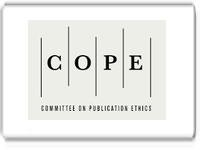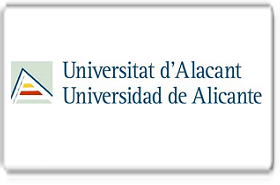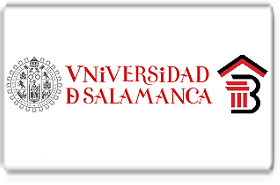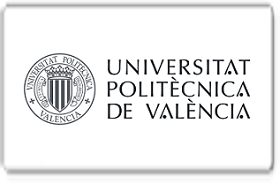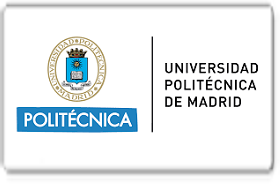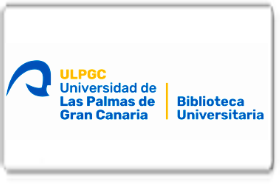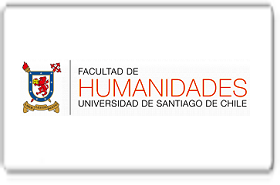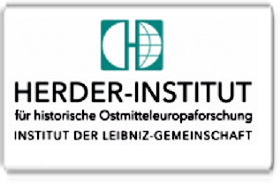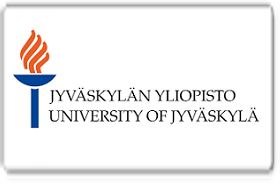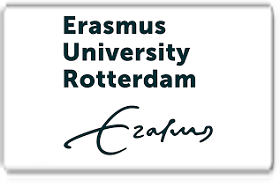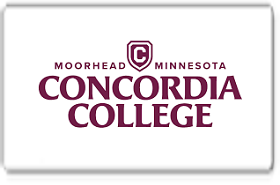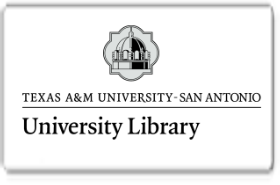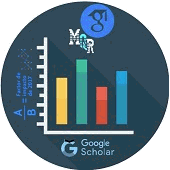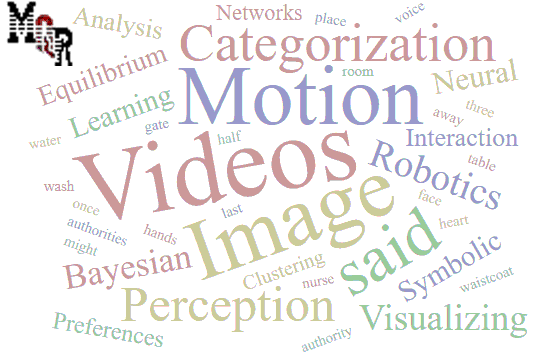EL IMPACTO DEL USO DE LAS TABLAS DE CORRECCIÓN, LA CORRECCIÓN EN LA PIZARRA, LA ELICITACIÓN, LA CORRECCIÓN ENTRE PARES Y LA AUTOCORRECCIÓN EN CLASES DE INGLÉS NIVEL PREINTERMEDIO PARA MEJORAR EL RENDIMIENTO ORAL DE LOS ESTUDIANTES
DOI:
https://doi.org/10.56048/MQR20225.6.3.2022.135-164Palabras clave:
Corrección de errores; errores; captación.Resumen
Este estudio tiene como objetivo investigar el impacto de las tablas de corrección, la
corrección de la pizarra, la estimulación, la corrección de los compañeros y la autocorrección
en el rendimiento oral de 44 estudiantes de inglés pre-intermedio de décimo grado. Esta
investigación se llevó a cabo durante el primer quimestre de un año académico. Los
participantes en este estudio fueron 89 estudiantes de una escuela secundaria pública donde
aprenden inglés como lengua extranjera. Se dividieron en dos grupos: el grupo experimental
con 44 estudiantes y el grupo de control con 45 estudiantes. Los estudiantes del grupo
experimental y el grupo de control hicieron una preprueba de conversación al principio del
año académico. El grupo experimental, bajo el tratamiento de ocho semanas, recibió las
técnicas de corrección oral antes mencionadas. Estas técnicas se aplicaron sin interrumpir la
intención de los estudiantes de comunicarse. Su objetivo era hacerlos sentir seguros y animar
a los estudiantes a hablar. Estas técnicas se centraron en los errores gramaticales, de
pronunciación y la elección de palabras. Después, ambos grupos hicieron las pruebas
posteriores de expresión oral. La prueba T, se utilizó para analizar los datos. Los resultados
demostraron un aumento significativo en el rendimiento oral de los estudiantes del grupo
experimental frente al rendimiento oral de los estudiantes del grupo controlado. Los
resultados sugirieron que las técnicas de corrección por pares y de autocorrección son más
eficaces que la corrección por parte del profesor, ya que los estudiantes utilizan sus
conocimientos lingüísticos y son participantes activos en su proceso de aprendizaje.
Descargas
Métricas
Cited
DOI: 10.56048![]()
Citas
Allwright, D, and Bailey K.M. (1991) "Focus on The Language Classroom:
An Introduction to Classroom Research for Language Teachers". Cambridge,
Cambridge University Press.
Allwright, R. L. (1975) "Problems in the Study of the Language Teachers
Treatment of Learner Error". In Marina K. Burt and Heidi C. Dulay, New
Direction in Second Language Learning, Teaching and Bilingual Education.
(Ed.) pp.96-109. Washington D.C.: TESOL.
Chaudron, C. (1986)"Teachers’ Priorities in Correcting Learners’ Errors in
French Immersion Classes". In RR Day, Ed. Talking to Learn: Conversation
in Second Language Acquisition, 64-84. Rowley, Mass. Reprinted from
Working Paper on Bilingualism No.12, 1977.
Chaudron, C. (1977)"Second Language Classrooms: Research on Teaching
and Learning". New York: Cambridge University Press. 1988.
Chaudron, C. "A Descriptive Model of Discourse in the Corrective Treatment
of Learner’s Errors". Language Learning, vol.27: 29-46.
Corder, S. (1973) "The Significance of Learner’s Errors" In International
Review of Applied Linguistics, 5: 161-170, Introducing Applied Linguistics,
Harmondsworth, Great Britain, Penguin,
Corder, S. (1971) "Idiosyncratic Dialects and Error Analysis". International
Review of Applied Linguistics, Vol. No.2: 60-147.
Corder, S. (1973) "Introducing Applied Linguistics". Penguin, and
Harmondsworth.
Corder, S. (1982) "Error Analysis and Interlanguage". Oxford: Oxford
University Press.
ERDOĞAN, Vacide. "Contribution of Error Analysis to Foreign Language
Teaching".
http://www.turkofoni.org/files/contribution_of_error_analysis_to_foreign_l
anguage_teaching-vac_de_erdo_an-mers_n_un__2005.pdf Acceso:
/4/2015
Hendrickson, J. M. (1978) "Error Correction in Foreign Language Teaching:
Recent Theory, Research, and Practice". Modern Language Journal 62: 378-
Krashen, S. (1982) "Principles and Practice in Second Language
Acquisition". Oxford Pergamon Press
Lightbown, P.M. and Spada N. (1993) "Focus-On-Form and Corrective
Feedback in Communicative Language Teaching: Effects on Second
Language Learning". Studies in Second Language Acquisition 12: 429-448.
Richards, J.C. (1974) "Error Analysis. Perspectives on Second Language
Acquisition". Longman.
Lightbown, P.M. and Spada N. (2006) “Corrective feedback in the classroom”
in ``How languages are learned'' (third edition) Oxford University Press,
Oxford. (pp125-128)
Selinker, L. (1972) "Inter-Language". ORAL Vol. 10: 209-231.
Valdman, A. (1975) "Learner Systems and Error Analysis". ‘In Giblet A.
Jarvis, Perspective: A New Freedom. (Ed.) Skokie, Illinois: National Textbook
Company, pp 219-258.
Vigil, N.and Oller, J.W. (1976) "Rule fossilization: A Tentative Model".
Language Learning 26: 281-295.
Waltz, J.C. (1982) "Error Correction Techniques for the Classroom".
Prentice-Hall, Englewood Cliffs, N.J.
HUANG Joanna. (s/a) "Error Analysis in English Teaching: A Review of
Studies".
Shahin, N. (2011)"Error Treatment in TESOL Classrooms". J. J. Appl. Sci.:
Humanities Series 13 (1): 207-226. Applied Science Private University,
Amman, Jordan.
Evans, E. J. (2012) "Managing the foreign language classroom: reflections
from the preservice field and beyond". University of Iowa..
http://ir.uiowa.edu/etd/2867 Acceso: (14/1/2015).
Erdogan, V. (2005) "Contribution of Error Analysis to Foreign Language
Teaching". Mersin University Journal of the Faculty of Education, Vol. 1,
Issue 2, December 2005, (pp. 261-270).
Publicado
Cómo citar
Número
Sección
Licencia
Derechos de autor 2022 MQRInvestigar

Esta obra está bajo una licencia internacional Creative Commons Atribución 4.0.
Los autores se comprometen a respetar la información académica de otros autores, y a ceder los derechos de autor a la Revista MQRInvestigar, para que el artículo pueda ser editado, publicado y distribuido. El contenido de los artículos científicos y de las publicaciones que aparecen en la revista es responsabilidad exclusiva de sus autores. La distribución de los artículos publicados se realiza bajo una licencia 


















